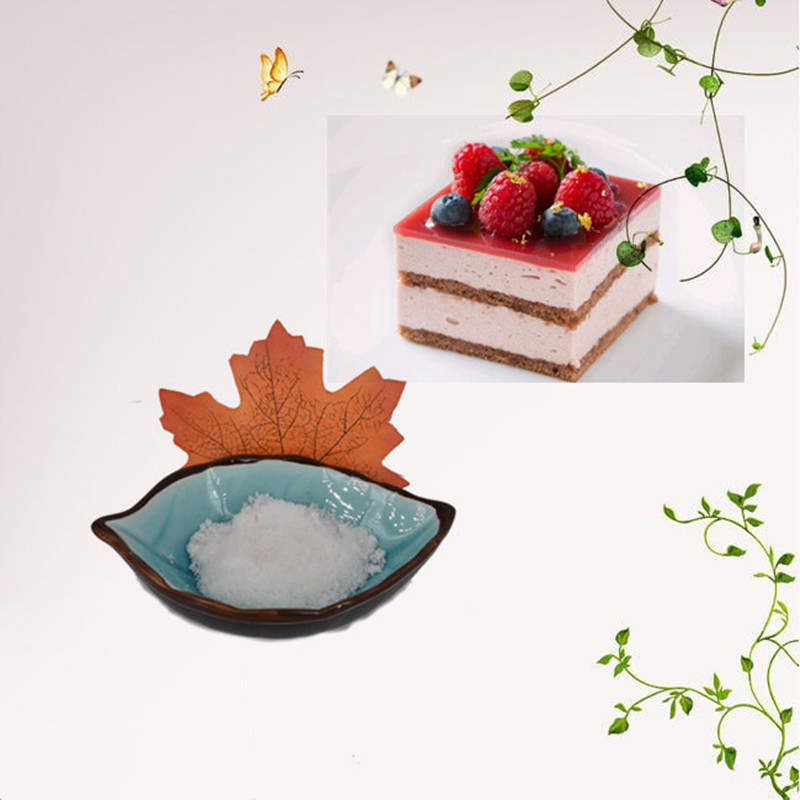The diseases at the seedling stage of cotton mainly consisted of blight, anthracnose, and verticillium wilt. Disease characteristics and control methods were as follows:
Blight
Symptoms: Cottonseed suffers, causing seed and rotten shoots; the base of the seedling stem is victimized and appears yellow-brown. Water stains lesions, and gradually expand around the tender stems, the disease Department shrinkage, dark brown, wet rot, diseased seedlings fall flat. Cotyledon victims, more irregular brown-brown lesions in the middle, easy to break off into perforation.
Control methods: In the rainy season at the seedling stage, when the root disease of cotton seedlings begins, use 40% carbendazim glue suspension or 65% zein zinc WP 500-800 times in time, spray 1 time every other week. Spray 2-3 times.
anthrax
Symptoms: Damage to cottonseeds and buds, browning and rot; Cotton seedlings are injured. The base of young shoots begins with a reddish-brown spot and gradually develops a reddish-brown, fusiform lesion. When the sickness is severe, the spots surround the base or root of the stem. It is dark brown and wet. Decomposed, cotton seedlings withered and died. Cotyledon damage, brown semicircular lesions on the leaf margins, purplish red spots.
Control methods: In the rainy season at the seedling stage, when the root disease of cotton seedlings is first developed, spray with 70% thiophanate or 15% triadimefon WP 800-1000 times in a timely manner, and spray 1 time every other week for a total of 2 injections. 3 times.
Verticillium wilt
Symptoms: Fusarium wilt has yellow reticulate type, yellowish type, purple type, blue and dry type and other symptoms. Verticillium wilt has yellow mottle, acute wilting and purplish mottle and other symptoms, leaf edge curling, late May to early July, is the first peak incidence, from late August to late September, is the second peak of incidence. Both cause browning of the cotton plants, causing serious dead and diseased seedlings.
Control methods: 1 per gram of stubborn disease, 2 grams of Liccar, 2 plus Jiafeng, fast green, 1 bags of water, 2 sprays of water, spraying the liquid into the roots; To take the next irrigation, that is, with 50 ml per mu water dry 30 kg of water on the diseased seedlings irrigated. Severe plots are supplemented every 7 days.
Food additives refer to chemically synthesized or natural substances added to food in order to improve the quality, color, aroma and taste of food, as well as for the needs of antiseptic and processing technology. Due to the rapid development of the food industry, food additives have become an important part of the modern food industry, and have become an important driving force for technological progress and technological innovation in the food industry. In the use of food additives, in addition to ensuring that they play their due functions and roles, the most important thing is to ensure the safety and hygiene of food.
Our company provides chemical food additives, natural food additives, etc.

Food Additives,Beverage Additives,Malic Acid Powder,Natural Food Additives
XI AN RHINE BIOLOGICAL TECHNOLOGY CO.,LTD , https://www.rhinebioteches.com